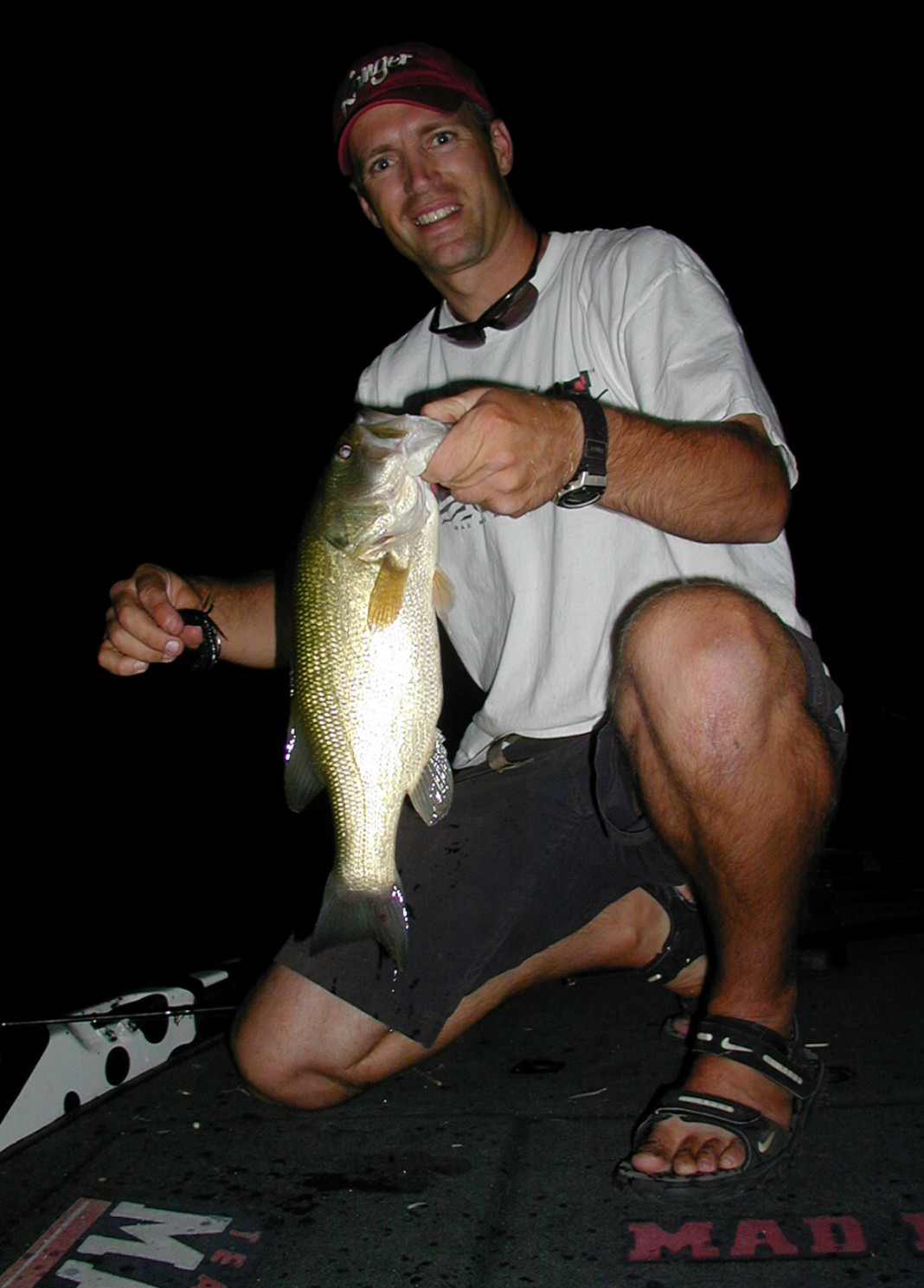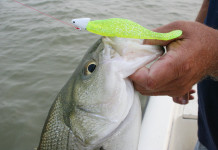Shhh … don’t let the cat out of the bag.
The best-kept secret in the early 1990s in Brownwood surprisingly had nothing to do with high school football, the next man to follow in the legendary footsteps of Gordon Wood or the juicy details of a Lions-Yellow Jackets rivalry that Stephenville later would dominate when our family moved there.
Instead it was the 25-acre jewel of a largemouth bass fishing honey hole nestled near the local country club’s golf course that was a paradise for many tight-lipped anglers and which produced the biggest bass I’ve had the pleasure of boating.
The lake, which prohibited outboard motor use, had been stocked with the Florida largemouth strain, which state fisheries officials have used to stir up a bass frenzy from the Panhandle to the Rio Grande during the past four decades. The fishing passion for big bass has only escalated in the decades since the 18.18-pound state record was plucked from Lake Fork on a January outing by a crappie angler dabbling minnows.
On weekends my father, sister and I would pile into his aluminum flat-bottom boat and troll for hours along shallow coves dotted with golf balls that clearly had not found their intended target, and the deeper middle of the diminutive body of water that harbored a variety of trees and other vegetation where bass loved to lurk. Armed with our Zebco 808s, my sister and I would lob Slug-Gos, Rooster Tails and Beetle Spins near stumps and other habitat that harbored more 4- and 5-pound bass than most lakes 100 times as large.
The lake not only had been stocked with bass, it also featured a prolific sunfish population, providing a steady diet of big fish food.
The biggest thrills came during the spring spawn when large females could be viewed in the crystal clear depths of skinny water as they hovered near beds the males had constructed out of pebbles and particulate – some even near a dimpled white sphere or two. Once you’ve sight-casted and hooked into a big bass it will ruin you for almost any other kind of angling, especially once you fight a fish that you know is a double-digit prize.
Texas bass fishing success comes in many lure forms, shapes, sizes
A family friend used his “water wagon,” which basically was two large blocks of specially cut Styrofoam with a cozy seat in the middle. Jeff would don a set of cheap diving fins and motor himself along, hitting an assortment of fish-holding cover along the way and hauling in more than a lion’s share of fish weighing 10 pounds or more in the process.
Even anglers who spend only a few days on the water annually know the venerable lunker largemouth hot spots by heart: Alan Henry, Amistad, Choke, Falcon, Fork, Ivie – and a dozen others – but often the best bang for your buck is tailoring your efforts to smaller lakes and reservoirs, those that even in drought conditions conceal more big fish than you may realize.
One such lake is Dunlap, a 400-acre reservoir on the Guadalupe River near New Braunfels, which became No. 63 on the list of Texas bodies of water to produce a ShareLunker entry – a fish weighing 13 pounds or more – when Matthew Moccia of Manchaca caught a 13.34-pounder in the dead of winter using a deep-diving crankbait.
ShareLunker entries are used in a selective breeding program administered by the Texas Parks & Wildlife Department in hopes of exceeding the record previously mentioned, but only pure Florida bass – which offer larger growth potential – are accepted.
The main issue with smaller lakes and even farm ponds, of which I’ve seen my fair share that had lots of crappie, catfish and bass, is that drought amplifies accessibility – or lack thereof – in attempts to fish them. Many larger bodies of water have had to shut down boat ramp access simply because the concrete structures don’t extend into liquid anymore. However, if rains do come and fill reservoirs even a little, there could be an increase in vegetation due to water covering up new growth, which can have a large impact on sustaining and even improving fishing stocks that may have been depleted.
The big bass craze is akin to that of big deer, with numerous companies and retailers trying to sell the idea that you must spend tens of thousands of dollars to have success. That couldn’t be farther from the truth, which is highlighted by untold numbers of anglers who find the biggest fish of their lives not far away, often in places they might not readily consider looking.
I know of at least one angler whose homemade bass fishing craft got him closer to more double-digit fish than the rest of us could ever imagine. And he did it all in one of the last places most people would have suspected to be a lunker largemouth lair.
Sight casting allows Texas bass fishing anglers to have a large day
Bass fishing best in Texas during spring spawn as fish move shallower
Spotted bass in Texas offer another big reason to fish the spring spawn




















